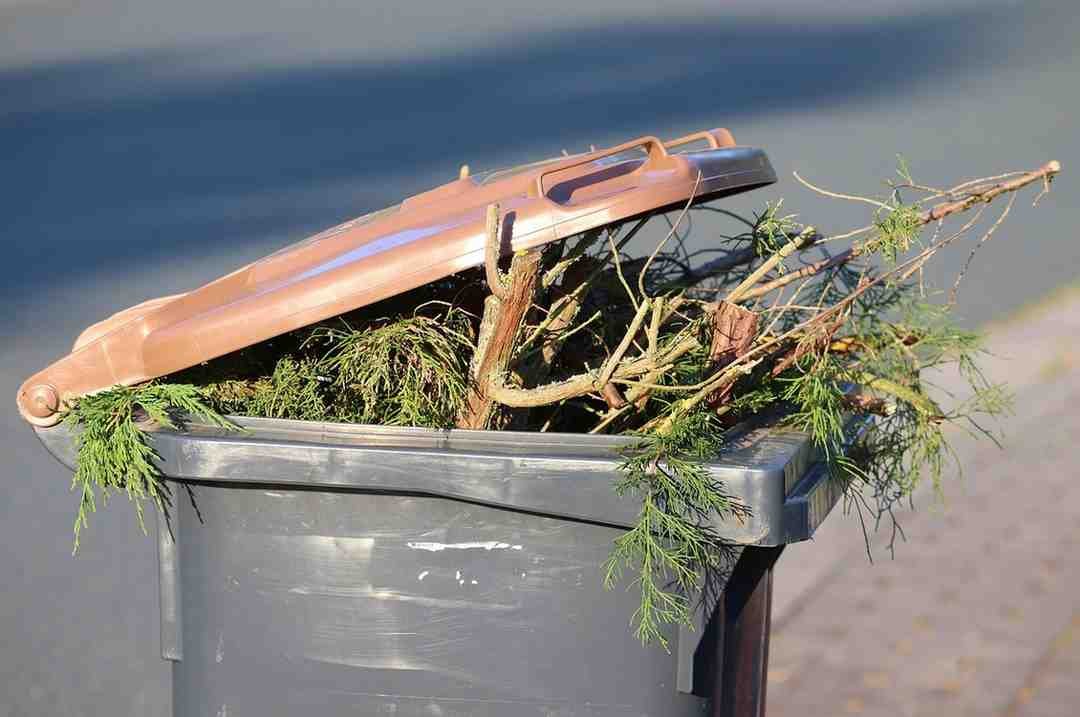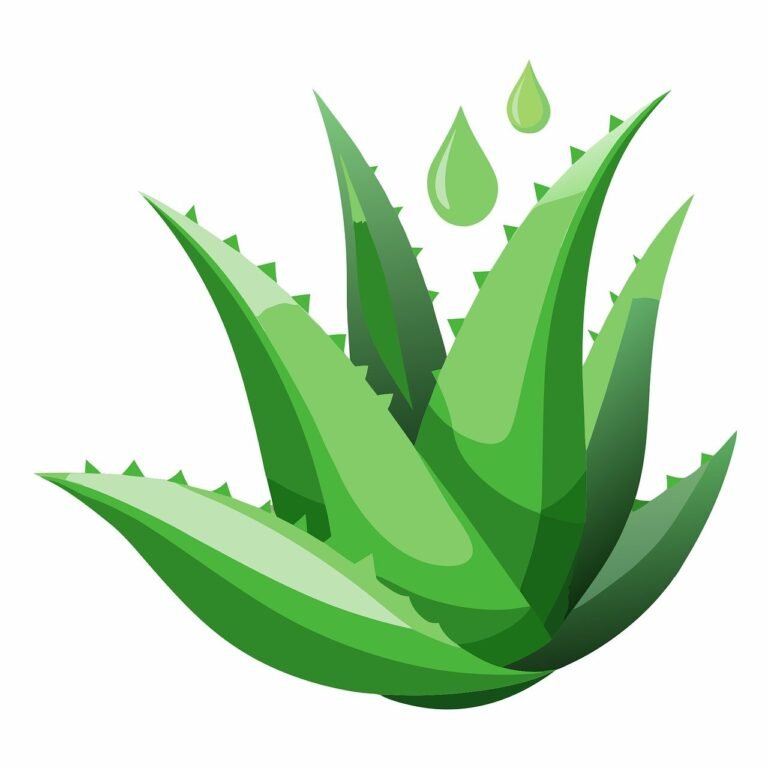What Is Solid Waste In Simple Terms?
Solid waste is a rising issue around the planet that needs to be controlled, but what is solid waste in simple terms?
Table of Contents
What Is Waste?
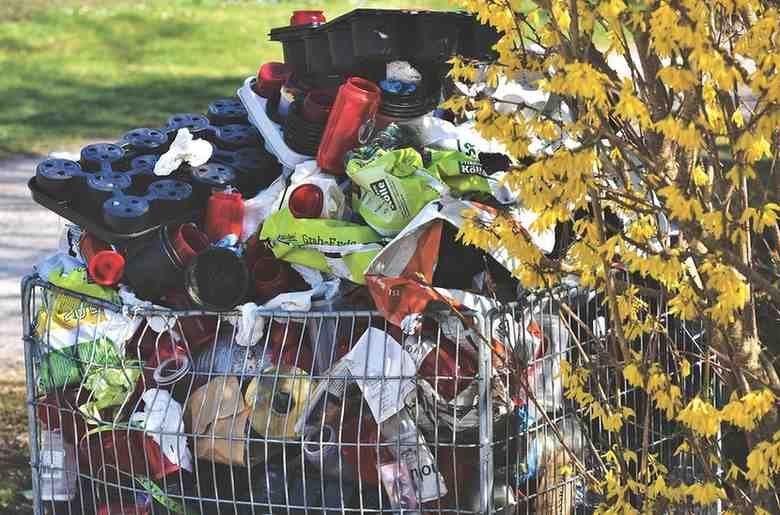
Waste is undesirable or unusable materials.
It is any material which is disposed of after essential utilize and (which means that waste is any material which we throw away after we have used it).
Some Examples: –
- Municipal Solid Waste (from houses and their nearby areas)
- Wastewater (such as sewage)
- Surface overflow
- Radioactive waste
- E-waste and so on
Types Of Waste
The types of solid waste are: –
On the basis of the source:
- Municipal Solid Waste (It includes household waste, commercial waste).
- Hazardous Waste or Dangerous Waste (includes various mechanical waste).
- Biomedical Waste (It includes waste from medical sources)
- Special Waste (This covers radioactive waste and E-waste)
What Is Solid Waste?
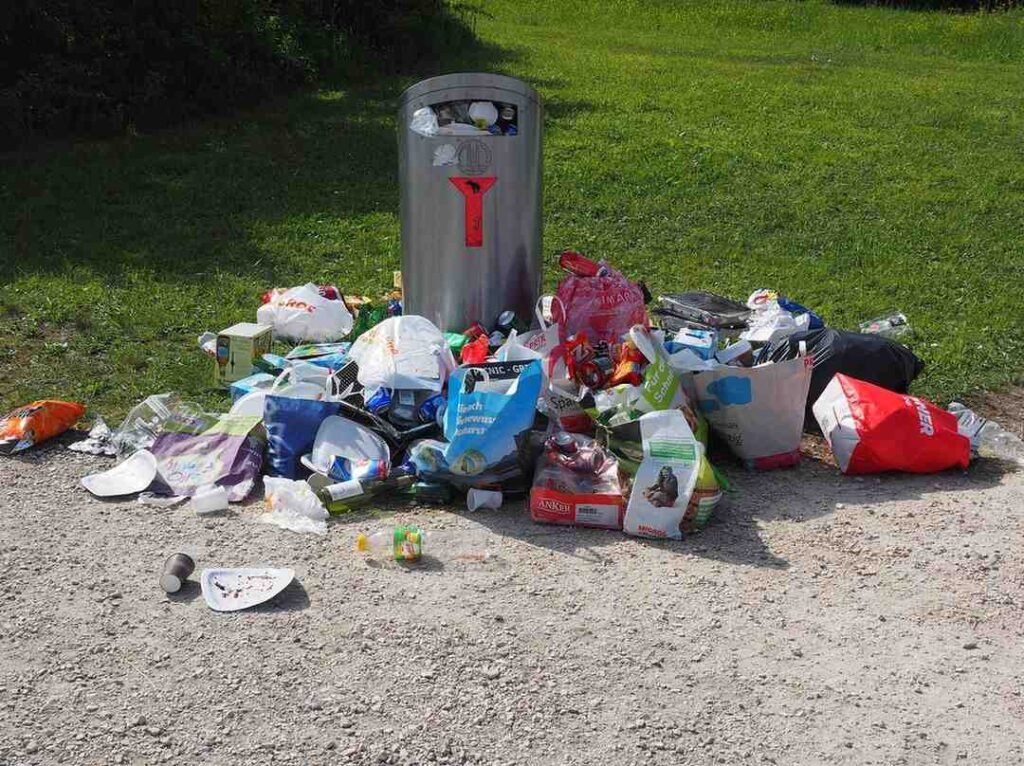
Solid waste is any discarded or disposed of material.
Examples:-
- Waste tires
- Septage
- Scrap Metal
- Paints
- Furniture and Toys
- Garbage
- Appliances and Vehicles
- Oil and anti–freeze
- Empty aerosol cans, paint cans
- Construction and demolition debris, Asbestos
Types Of Solid Waste
There are many types of solid waste depending on their source:
- Household Waste (Generally classified as municipal waste)
- Industrial Waste (Generally classified as hazardous waste or dangerous waste)
- Biomedical Waste (Generally classified as Hospital waste or Infectious waste).
- Household Waste (Municipal solid waste consists of household waste, construction, and waste from streets. Household waste expressed as hazardous waste includes many waste materials, and some of them include old batteries, shoe polish, paint tins, old medicines, medicine bottles, and so on).
- Industrial Waste (Industrial waste and hospital waste are considered hazardous as they consist of toxic substances. Hazardous waste is very dangerous to humans, animals, and plants. Example: Gases)
- Hospital Waste (Hospital waste is the waste disturbed by chemicals and is considered hazardous. Some of the chemicals are Formaldehyde, Phenol, and Mercury, which is specifically used in thermometers).
With urbanization and changes in lifestyle and food habits, the amount of Municipal solid waste has been increasing rapidly.
In India, some municipal areas have banned the use of plastics and have had success.
Many large cities, shops have started using Reusable and Biodegradable bags.
Ways To Deploy Waste
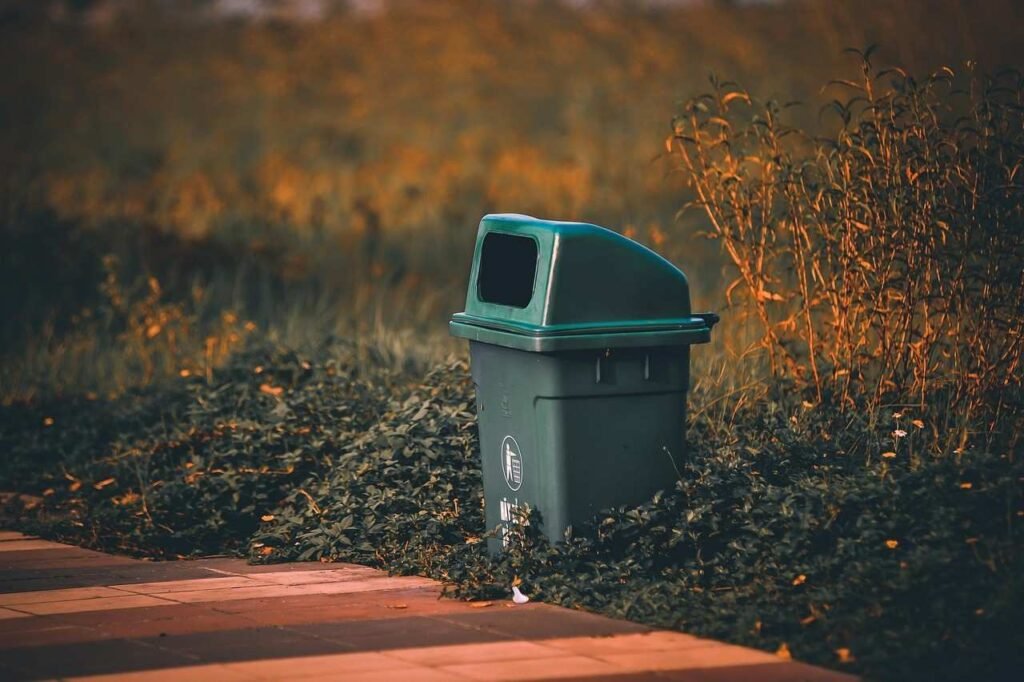
Methods of solid waste disposal and management are:-
- Open Burning (Not an ideal method in the present-day context)
- Dumping into the sea (Not environmentally friendly)
- Sanitary Landfills (Simple, Cheap, and Effective)
- Incineration (used in crowded cities where sites for land filling are not available)
- Composting (Ideal for Biodegradable waste from kitchens, hotels, etc.)
Influence Of Waste On Our Environment
- Water Contamination
- Human Damage
- Soil Contamination
- Climate Contamination
- Air Contamination
- Disturbance in animal and marine life
Water Contamination
This comes from sources like Landfills, back streets, open sewers, etc.
These are the places from where: –
- Waste collects and strengthens, and
- Leaves us with headaches
Things are made worse with rainfall (acid rain), which mixes up to generate toxic liquid substances that saturate the water channel and end up in the nearby water bodies.
Human Damage
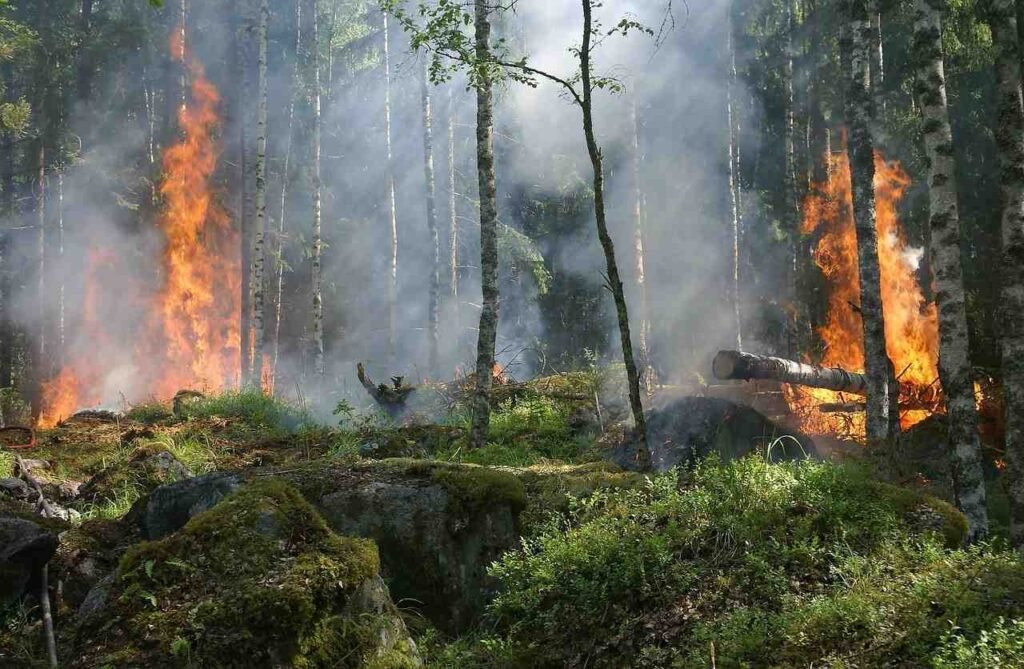
Consider the majority of the human population for whom we do not see any scientific waste management system.
Near the landfills, the place is highly contaminated due to an excess of waste products collected there.
So, the people who are at great risk from these waste materials are:
- Youngsters and individuals who live near such houses
- Waste transfer labour
- Employees who come in contact with such waste materials
Soil Contamination
- Plastic bottles in the end break down to discharge DEHA (diethyl hydroxylamine), DIETHYL AMINE, a cancer-causing agent which harms our reproductive capabilities, causes liver problems, and weight reduction issues
- This is because these chemicals get mixed with plant nutrients through the soil and affect us when we consume them
- DEHA saturates the surrounding areas of the soil, water bodies, and humans, and harms the animal and plant life dependent on it
- The ink from the paper is not originally reused by the Earth, as it contaminates the soil
All the waste materials left over impact the plants and animals, we suffer from various kinds of diseases, and also our environment gets affected.
Climate Contamination
Greenhouse gases from decomposing rise into the atmosphere and trap heat.
This adversely causes extreme weather reactions in the form of storms and cyclones. We are also impacted by the pollution and precipitation in the air.
From Acid Rain to Global Warming, everything is dangerous to our environment.
Air Contamination
We have to take care of our environment and its disposal in the whole process.
- Therefore, bleach, oil, or acid are given special attention
- On the occasions, papers and plastics are burned at landfills, which causes Air Pollution and contributes to Ozone layer depletion
- Methane gas adds to it as well
- Chemicals such as DIOXIN are out there, and air has been proven to have harmful effects on us
Types Of Waste Materials
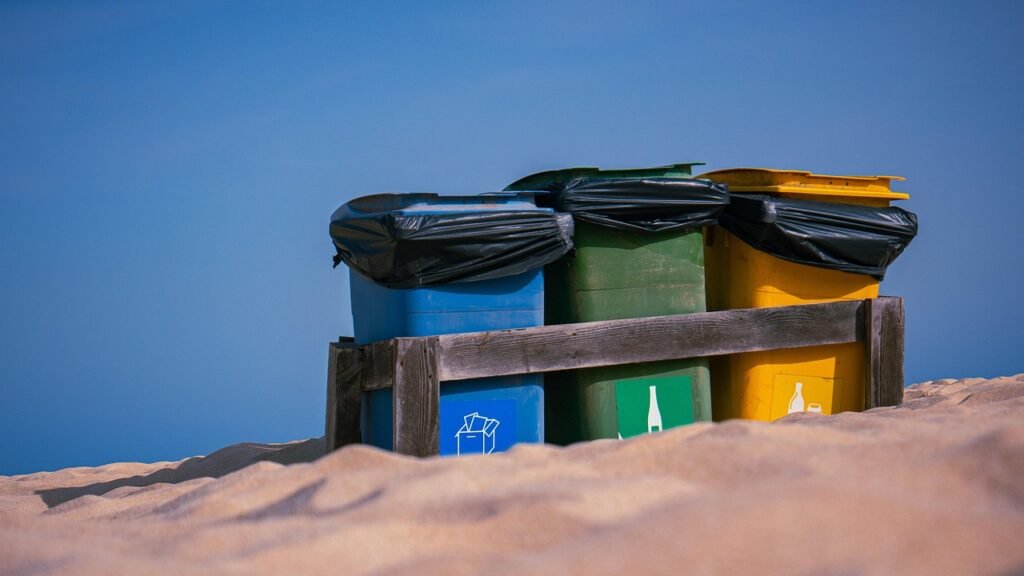
On the basis of the source, waste materials are of 2 types :
- Biodegradable Waste
- Non-Biodegradable Waste
Non-biodegradable waste usually causes much more impact than Biodegradable waste. This is because it takes a very long time to degrade the substances.
Examples:- Plastics
What Are The Rising Health Issues Due To Solid Waste?
Think about the fire at landfills and its effects on us. Some health problems observed near these areas are:
- Cancer
- Respiratory Problems
- Visibility Problems
- Skin Irritation
- Blood Infections ( when we stay nearby to these areas where the waste gets segregated).
Harm Towards Marine & Animal Life

Despite certain strict rules, we keep dumping garbage, raw and untreated garbage.
Any animal or plant life coming in contact gets impacted in a very harmful way.
The unavoidable development of Algal blooms chokes out marine life such as fish.
How Does It Function?
Waste is dumped into the ground and absorbed by the soil and groundwater.
It contaminates the groundwater on which we grow food and use and animals too.
The waste in marine life kills Fish. Diseases carried by mosquitoes now spread sickness among the living population.
Conclusion On Solid Waste
Solid waste is a rising cause of our activities, and hence it is our duty to protect our environment. We also need to mitigate climate change and focus on the real Sustainable Development Goals.

